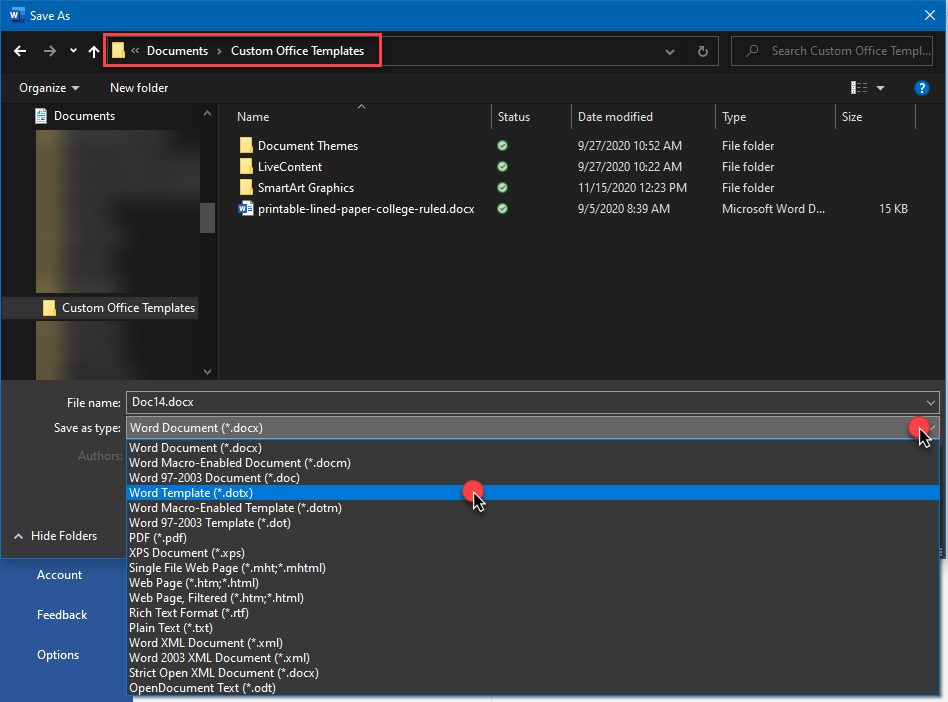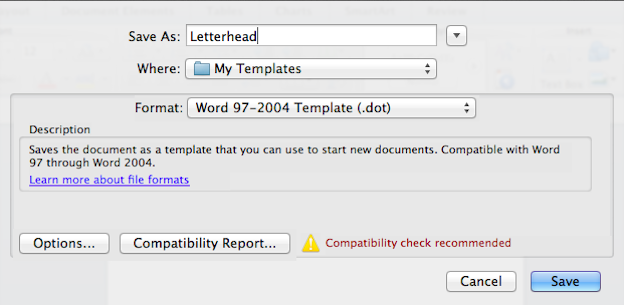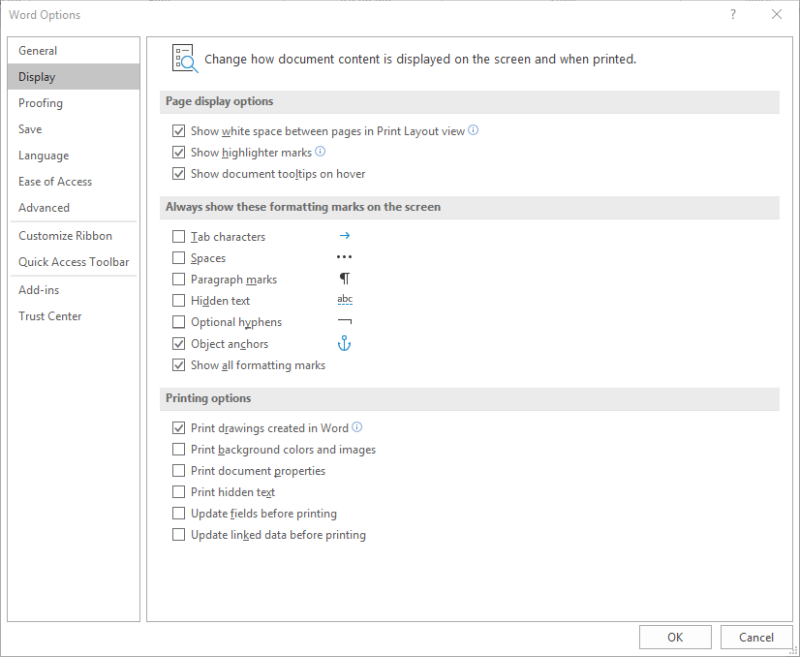
Don't Confuse The "Header" Style With "Heading" StylesĪ Header Style is used for the document header. When you use Styles, you have the added benefit that when you want to change the font, size or emphasis of a Heading, you only need to change the Style once - your changes are then applied automatically to every occurrence of that Style in the document. If you use these Styles, a Word document will translate into quite reasonably-formatted Braille. Here are 10 very basic rules for making a Word document which will look good and make good Braille (and Large Print).Īll the Styles you need are set up in Word already: many Heading Styles all the way from Heading 1 on down, Normal for your body text, Index Styles, Table of Contents Styles, List Styles these are all available in the Normal template. Generally speaking, it will not cause extra work, and in fact might help them to use Word more efficiently. You might wish to print this topic out and pass it round colleagues who prepare Word documents. However not all Word users are "braille aware", nor wish to be. Graphics print but text does not print in word for mac windows#
(For Making Your Documents Braille-Ready)ĭBT includes two Word for Windows add-ins, SWIFT and the BANA Template, which help to make transcribers' lives easier when working with Word.
Do not leave blank lines between each part of the textĭuxbury Systems Inc.Word Top 10 Guidelines Word - Top 10 Guidelines ( PDF). Apply Word styles and headings to the document - make each slide title a heading. before the title type 'Slide 1, 2, 3 etc.' Select the text from the slide, copy and paste it into a Word document. If these are very important, replace with a text description or in the case of charts and graphs, ask for a tactile diagram. Remove all images, diagrams and illustrations.  Remove graphics and replace with a text description. This will distinguish them from the Braille page numbers. Put the page numbers at the tops of pages in square brackets. Try to divide big files into smaller ones as this will make them easier to manage. Check that web and email addresses are not divided between lines. To emphasise something, don't use LOTS OF CAPITALS, use bold or italics. Change all background colour to 'none' or 'fill'. You can easily make the table lines invisible if you need to. Don't use tab to create spaces, either use columns or tables. For lists use bullet points or numbered lists. Leave them if they are required, but remove if they are not Check line and paragraph breaks using the 'show/hide paragraph marks' function in Word. If changing between chapters use section breaks A contents list can also be created in Braille if you do Left align rather than right or justify.
Remove graphics and replace with a text description. This will distinguish them from the Braille page numbers. Put the page numbers at the tops of pages in square brackets. Try to divide big files into smaller ones as this will make them easier to manage. Check that web and email addresses are not divided between lines. To emphasise something, don't use LOTS OF CAPITALS, use bold or italics. Change all background colour to 'none' or 'fill'. You can easily make the table lines invisible if you need to. Don't use tab to create spaces, either use columns or tables. For lists use bullet points or numbered lists. Leave them if they are required, but remove if they are not Check line and paragraph breaks using the 'show/hide paragraph marks' function in Word. If changing between chapters use section breaks A contents list can also be created in Braille if you do Left align rather than right or justify. 
Use a sans serif font (Arial is preferred) in 14 point.

The Bodleian Libraries University of Oxford - Braille tips For Word documents







 0 kommentar(er)
0 kommentar(er)
